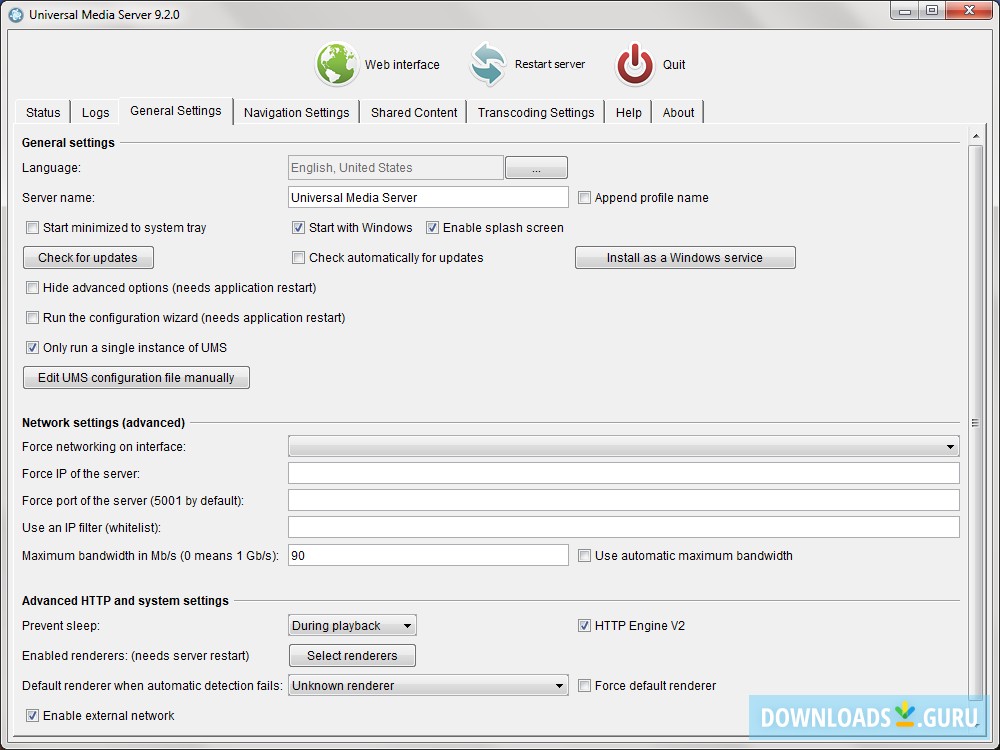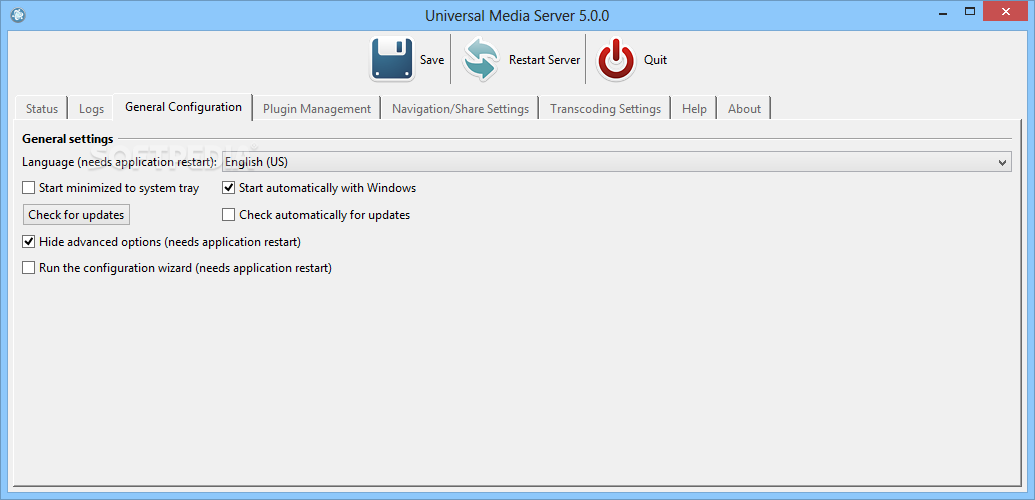
Here’s a 6-step walkthrough for configuring your RTMP-enabled encoder. Whether you’ve decided on a software encoder or a hardware encoder, we’ve got you covered. To prepare for a smooth live stream, you have to make sure all of your RTMP settings are properly configured. So you’ve decided on which RTMP encoder to use and are ready to start live-streaming.

In this article, we’re going to get into the technical details of RTMP encoding.įirst, we’ll discuss how to configure an RTMP encoder and connect it to a live streaming platform.

RTMP stands for “real-time messaging protocol” and is a standard that makes high -quality live streaming possible. However, as a professional broadcaster, it’s important to consider updating to an encoder that supports RTMP streaming. Install RED5 version 0.8 and 0.9 on CENTOS 5.For many B2C broadcasters, just about any software encoder will suffice.


I recommend reading this article on encoding your video files: How to Encode your Video Files Properly Before you Upload to the RTMP Server You should check the media files streamed to ensure they have the correct format. Most browsers only support AAC or MP3 audio. I believe it is due to the Audio codec used on the stream, which VLC is showing as “ADTS”. If none of the above quick fixes work, there may be some deeper issues with the video.Ĭopying the link of the stream to VLC I can see the direct m3u8 file is opening in VLC, however the error displayed in Google Chrome is: ERROR: (CODE:3 MEDIA_ERR_DECODE) The media playback was aborted due to a corruption problem or because the media used features your browser did not support Irrespective of the browser you’re using – Chrome, Mozilla Firefox, or Opera – try the below fixes first to resolve the issue:ĭelete cookies, cache and browsing history "The media playback was aborted due to a corruption problem or because the media used features your browser did not support." Sometimes the player stops and you will see this error


 0 kommentar(er)
0 kommentar(er)
